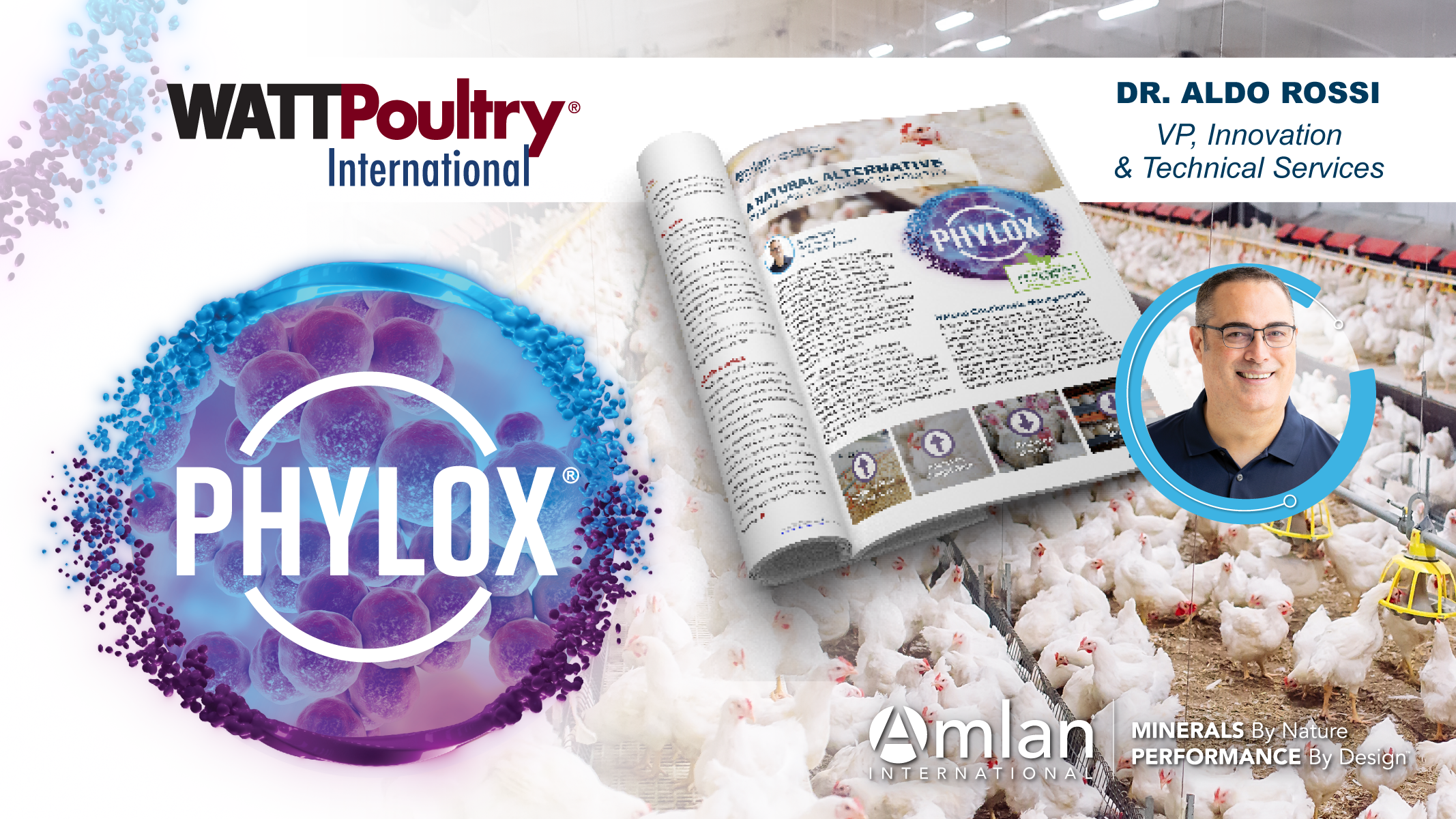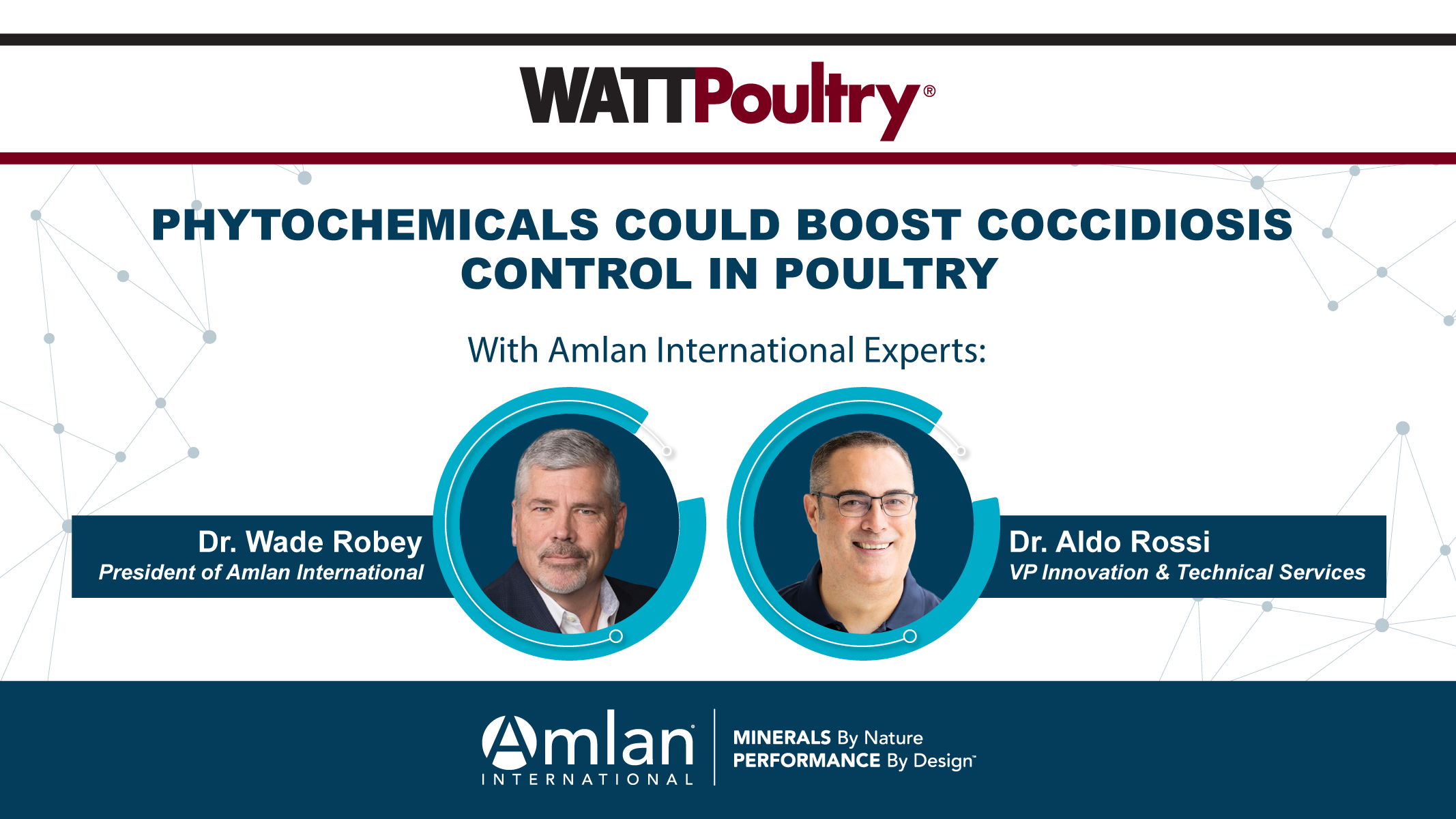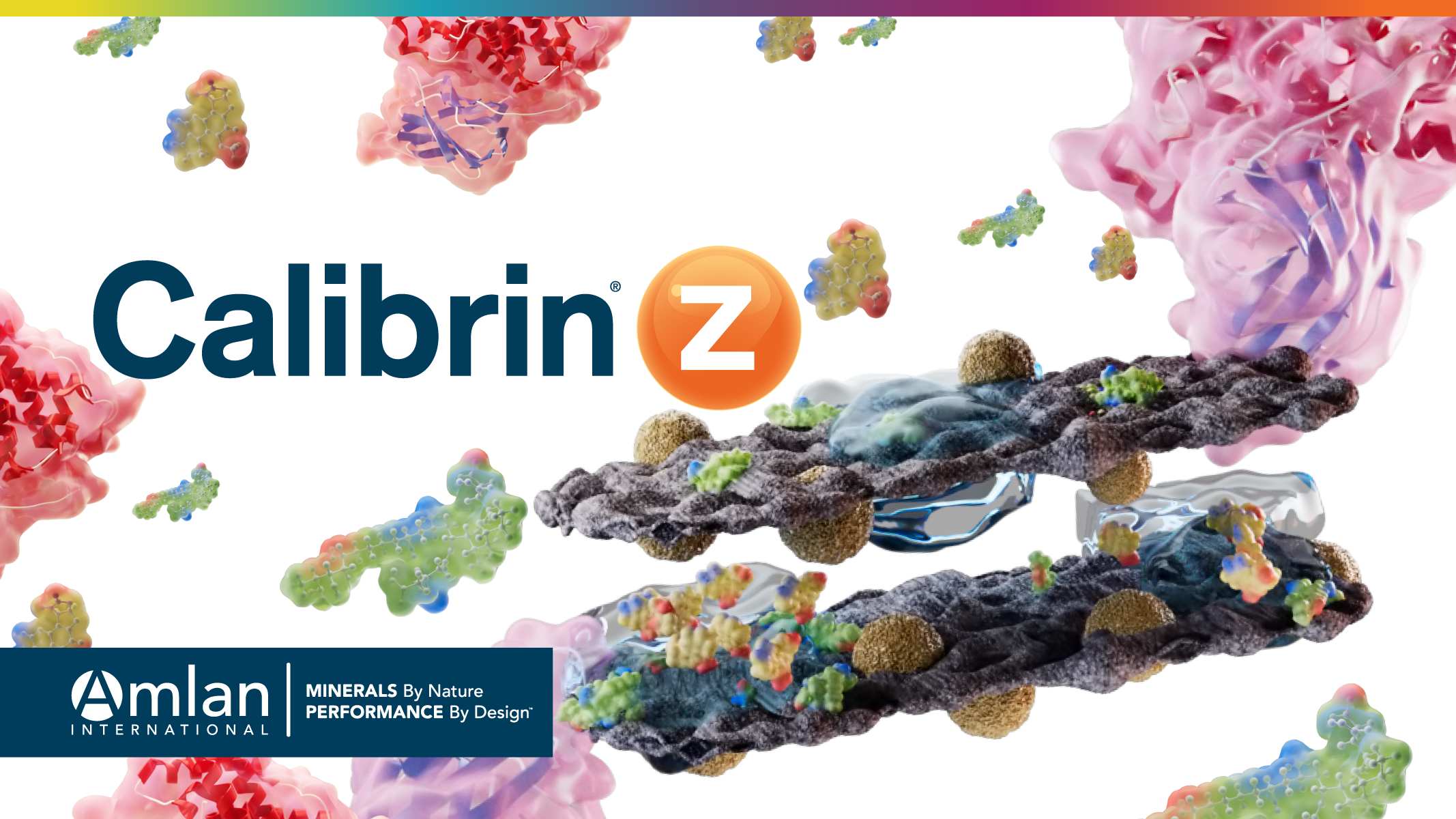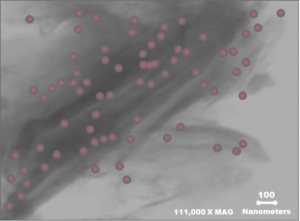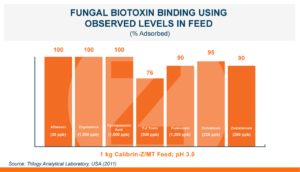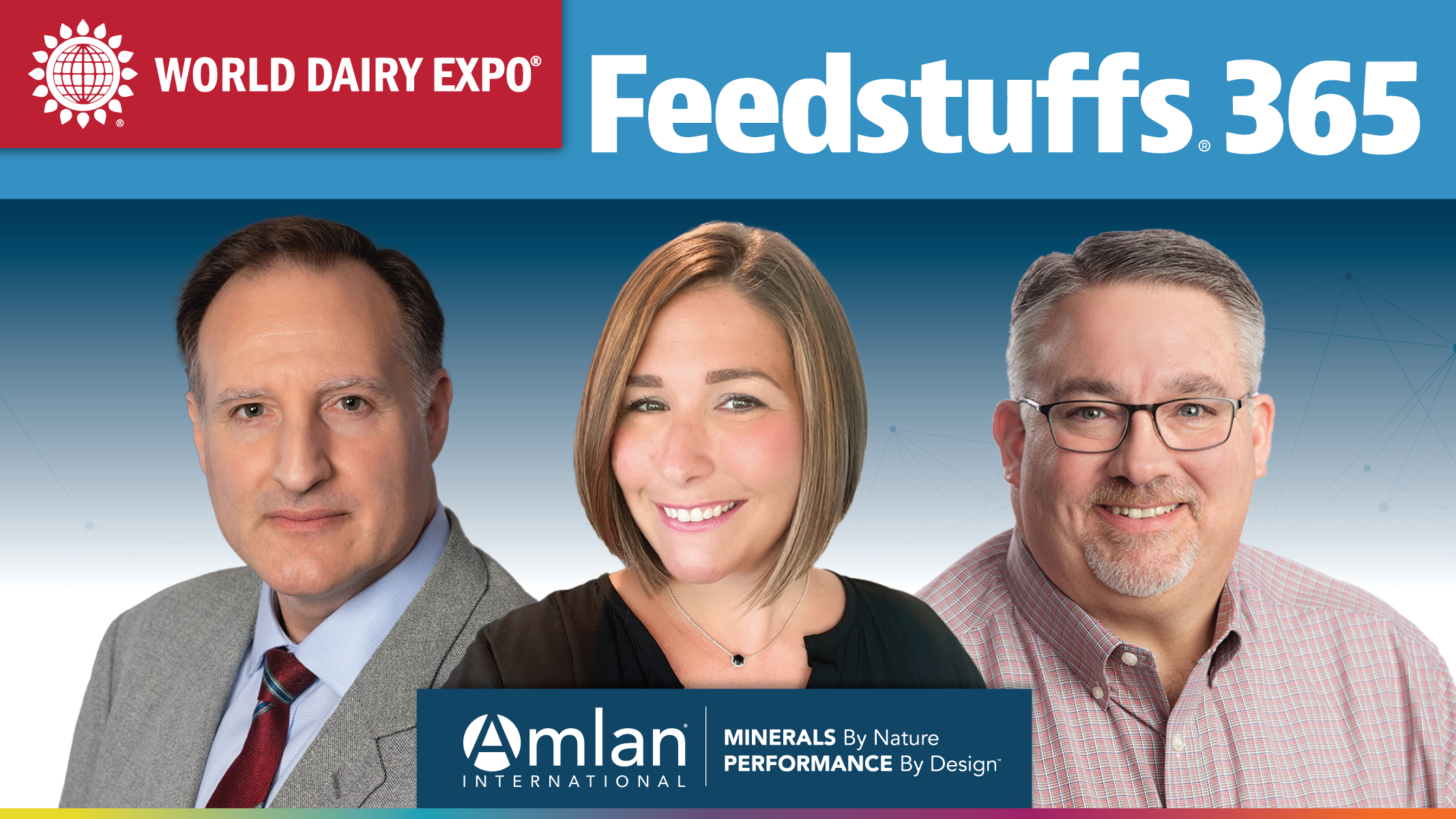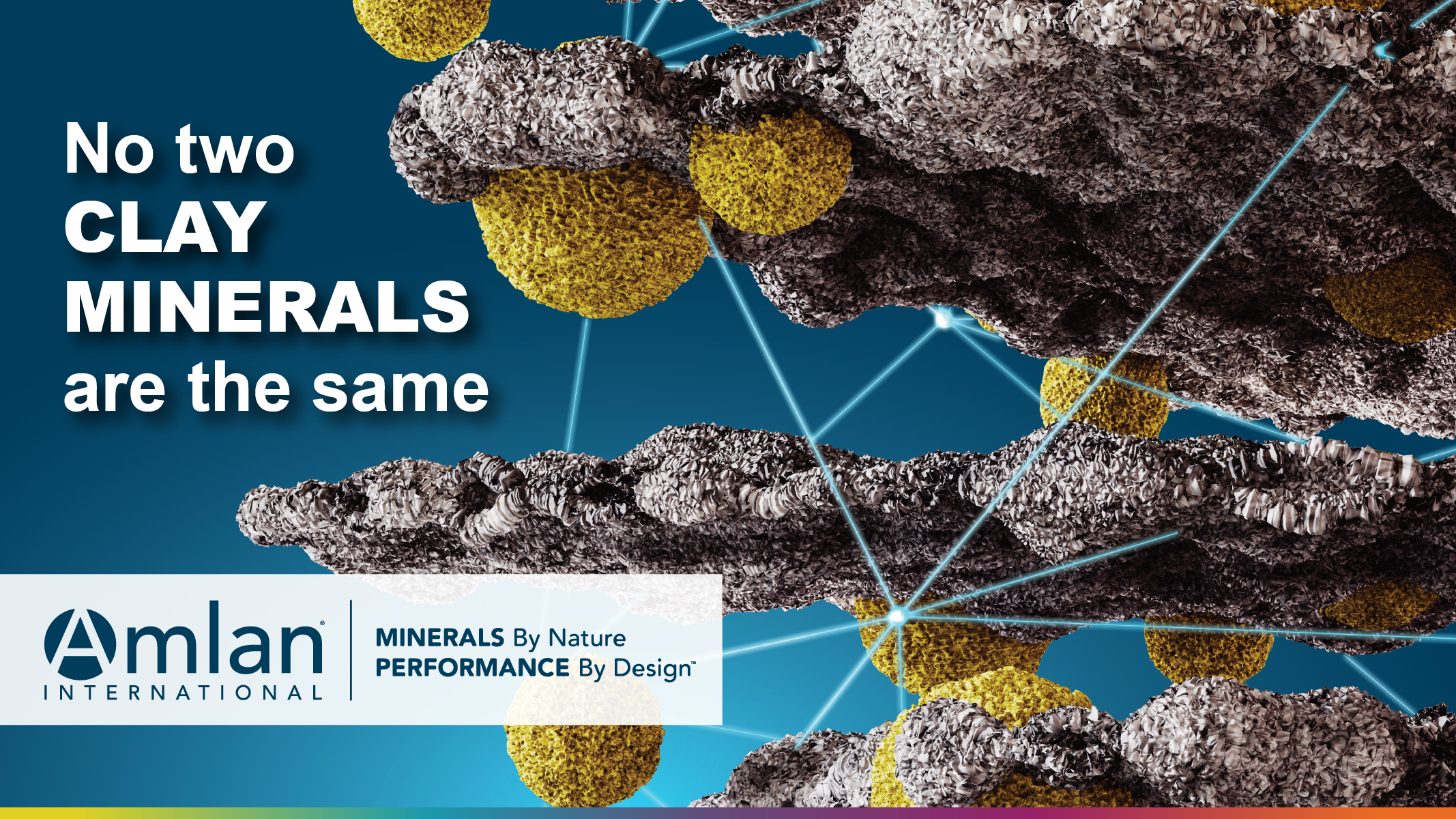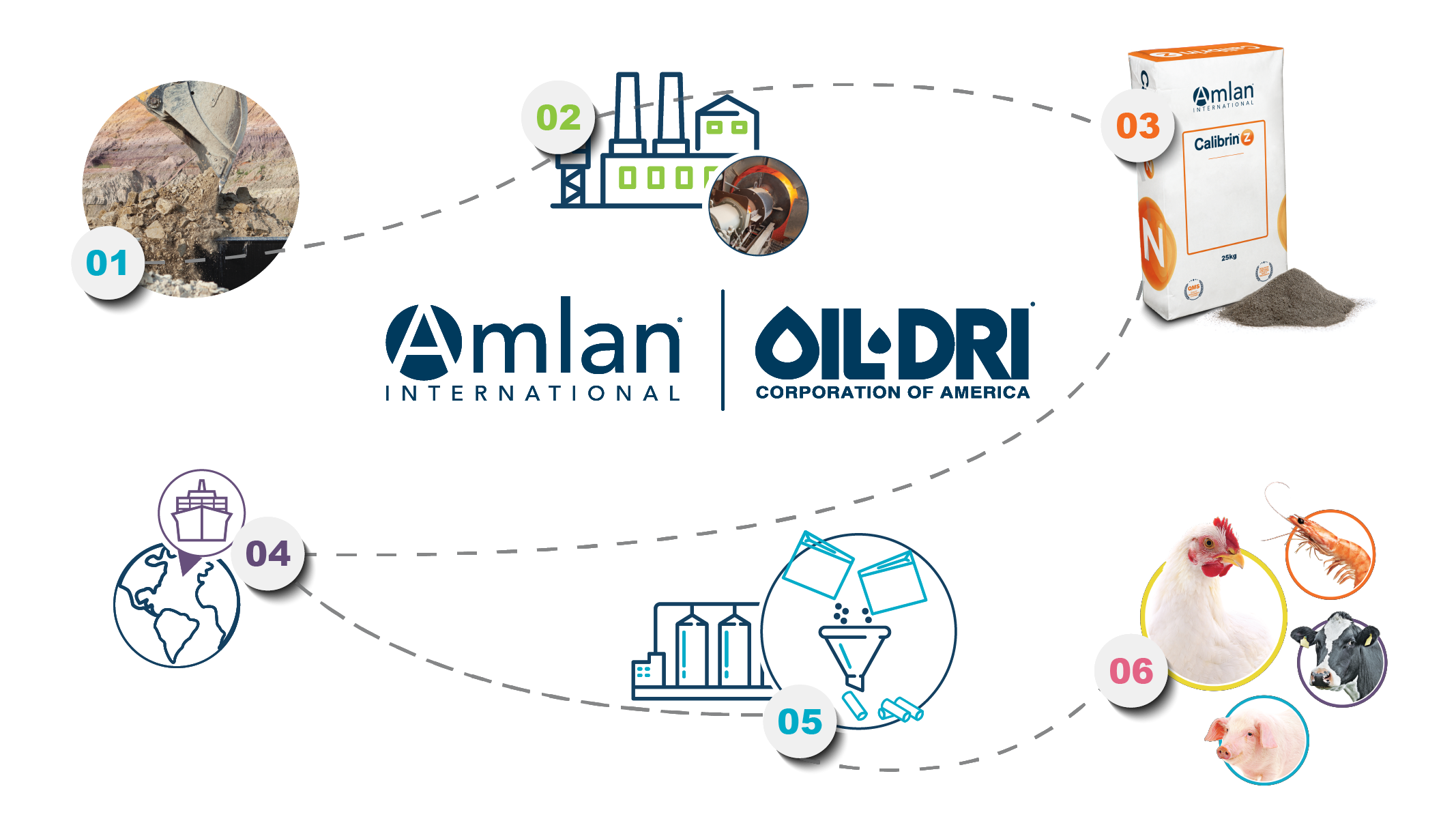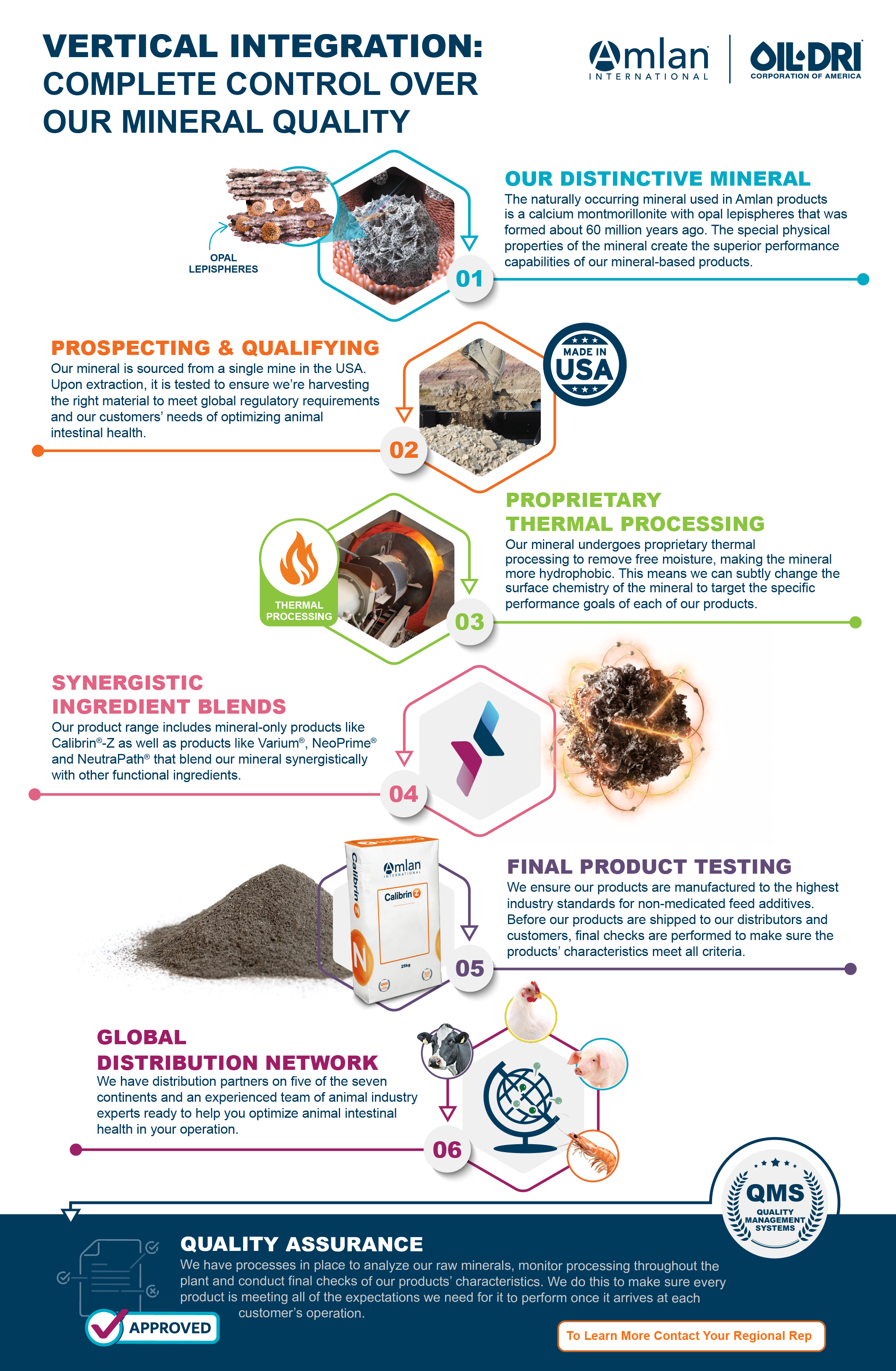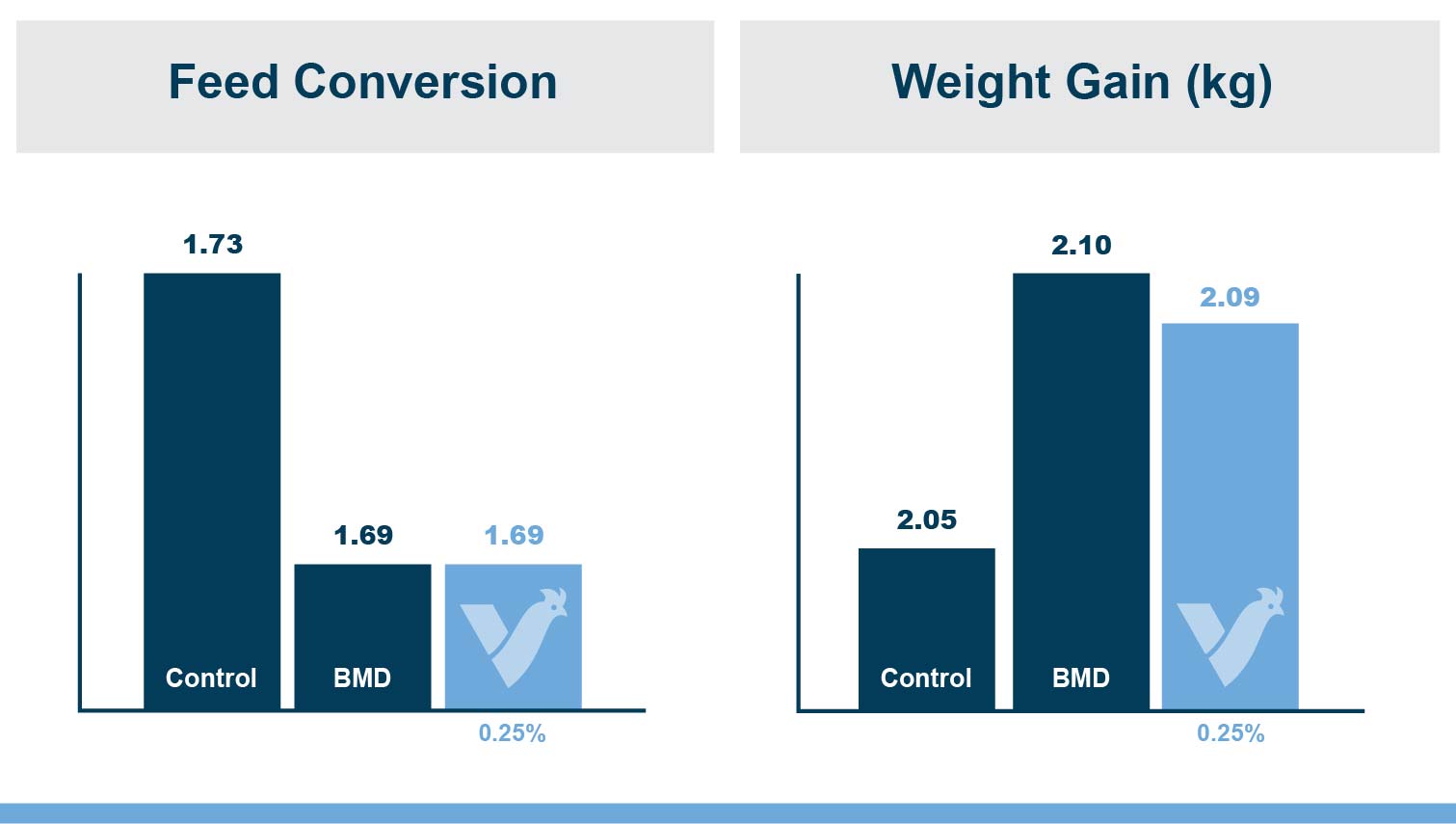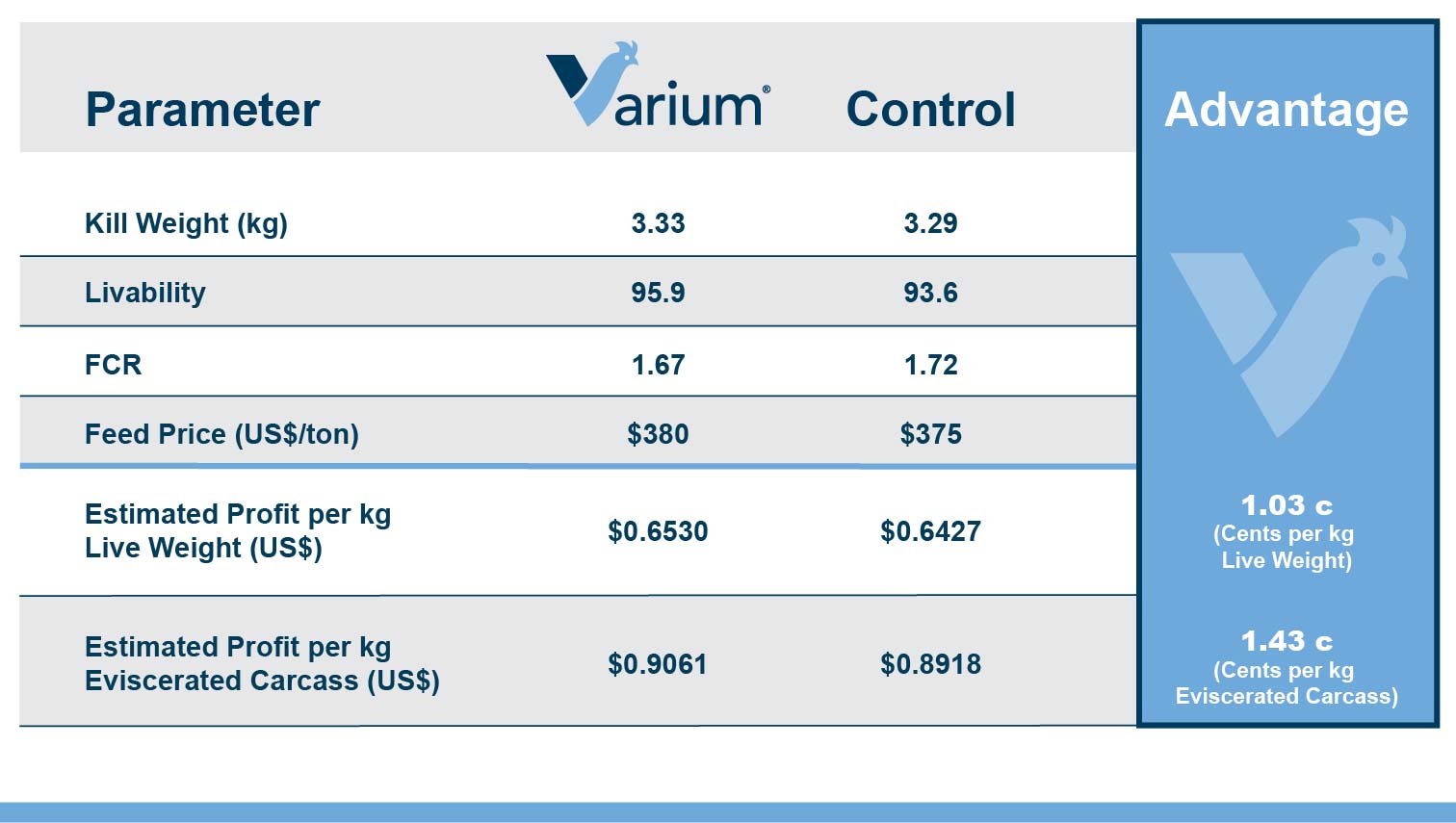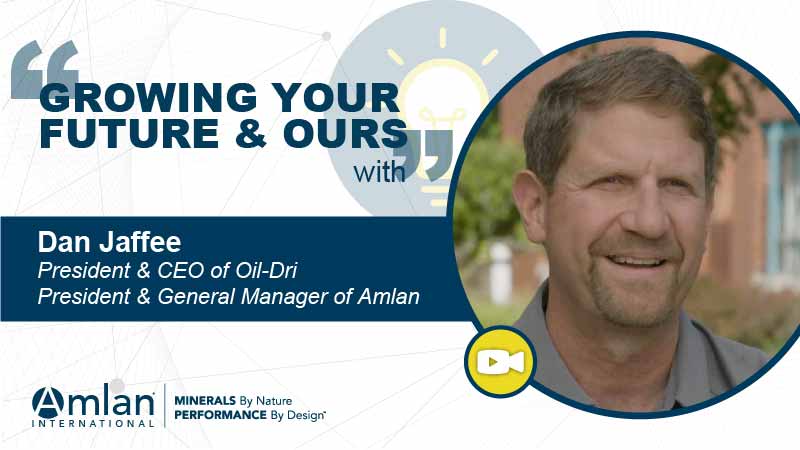For decades, clays have been used globally as feed additives to help with feed flowability and pellet binding (e.g., Flo-Fre™ and Pel-Unite™). More recently, some international markets have also recognized the ability of mineral-based products to bind biotoxins in the intestinal tract of animals. However, there is a misconception in the industry that all clay minerals are the same and have the same biotoxin-binding abilities. The truth is that the natural properties of the minerals and how they’re processed have a significant impact on their effectiveness as a biotoxin enterosorbent.
Calibrin®-Z (available in select international markets) is an example of a mineral-based product that’s not your typical biotoxin-binding feed additive. Many mineral-based products focus on binding only one biotoxin (e.g., aflatoxin). However, the natural composition of Calibrin-Z and the proprietary processing technique that’s used to modify its surface chemistry allow it to bind a broad spectrum of biotoxins, including bacterial exotoxins and endotoxins and polar and nonpolar mycotoxins.
A Natural, Synergistic Mineral Mix
Calibrin-Z is a calcium bentonite that is primarily composed of two minerals — calcium montmorillonite and opal (amorphous silica lepispheres). Each of these minerals has specific physical properties and it’s how they’re naturally mixed together that gives Calibrin-Z part of its distinctive enterosorbent abilities (Figure 1).
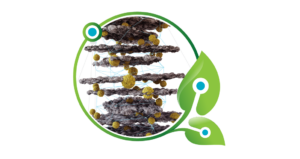
Figure 1: A representation of the calcium montmorillonite layers intertwined with opal lepispheres.
The interwoven, naturally occurring calcium montmorillonite and opal lepispheres of Calibrin-Z create more biotoxin-binding opportunities than if they were used alone. It’s what makes the intimately mixed mineralogic nature of Calibrin-Z difficult to duplicate — the minerals grew and altered their properties for over 60 million years.
An Interconnected Pore Network
Calibrin-Z is very porous — it’s about 50 percent pore space consisting of nano, micro, meso and macro pore sizes. Opal lepispheres have their own micro pores and help to open up spaces within the calcium montmorillonite structure because they’re naturally formed amongst the calcium montmorillonite. This natural mixture of minerals gives Calibrin-Z a very low bulk density, high porosity and an extensive surface area of around 450,000 m2/kg — an area equivalent to around 50 average-sized soccer stadiums. A phenomenal amount of chemistry can occur on this expansive surface area.
In order for Calibrin-Z to adsorb biotoxins that are in intestinal fluid, the fluid must first be absorbed into its pores. The pores of Calibrin-Z are an interconnected network that allows intestinal fluid to enter them, where the biotoxins can then interact or bind with the pore surface. Unlike other clays, the porosity of Calibrin-Z creates an open construct on a microscopic scale and a more inviting place for intestinal fluids to be absorbed into.
A Hydrophobic Surface Improves Biotoxin Binding
When the calcium bentonite in Calibrin-Z is mined, the capillaries and channels of its pores are naturally filled with water. Our proprietary thermal processing technique removes most of this water and also modifies the surface of the minerals to allow the pore surfaces to become more hydrophobic (Figure 2). This is a significant point of difference for Calibrin-Z because certain biotoxins (e.g., nonpolar mycotoxins and bacterial toxins) have a greater affinity for hydrophobic surfaces than hydrophilic surfaces. Other mineral-based products that are more hydrophilic than hydrophobic won’t be able to adsorb the broad spectrum of bacterial and fungal toxins that Calibrin-Z can bind.
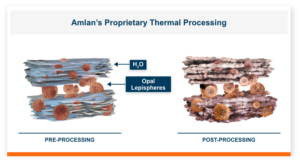
Figure 2: Thermal processing removes water and changes the surface chemistry to create biotoxin-binding Calibrin-Z.
Safe, Irreversible Thermal Processing
Our proprietary thermal processing heats the surface of Calibrin-Z, changing its surface chemistry. These thermochemical changes are irreversible — they can’t be undone even after being exposed to the harsh environment of the animal’s gut.
Some companies activate the surface of their minerals with harsh chemicals instead of heat. Chemical activation of minerals does not create an irreversible bond, so theoretically these chemicals could be stripped off in the animal’s gut. This is important because the in vitro biotoxin-binding efficacy of a mineral-based product activated with chemicals may not be replicated in the real world. In the animal’s gut, the minerals are exposed to strong acids, enzymes and other substances that can change their properties and biotoxin enterosorbent abilities. Thermal processing is a safer, ecofriendly alternative to chemical activation of minerals that is permanent.
Vertical Integration Ensures Consistency
Quality and reliability of supply is another differentiator for Calibrin-Z. Amlan is the animal health business of Oil-Dri® Corporation of America, a leading global manufacturer and marketer of sorbent minerals. Vertical integration allows Oil-Dri and Amlan to control every step of the mineral production process to reliably deliver safe, high-quality and efficacious mineral-based products.
If needed, we can trace the minerals in our products from the feed bag, through the supply chain, through the processing chain in our plants back to where we mined the calcium bentonite. This includes the original core drill hole that was used to extract and pre-qualify the raw material to ensure it met the physical and absorptive quality profile. We mine our calcium bentonite from a single mine and from a specific location within our mine that has hundreds of years of reserves — giving our customers confidence in the availability, consistency, quality and efficacy of our minerals every time they buy a new batch of products.
The biotoxin-binding abilities of Calibrin-Z are quite different compared to most other calcium bentonite-based biotoxin binders. That’s why it’s important to look beyond the ingredient list on the feed bag and review the in vivo research that proves a feed additive can improve the intestinal health and performance of production animals. To read our in vivo Calibrin-Z research, visit our Research page or contact your local Amlan sales representative.
